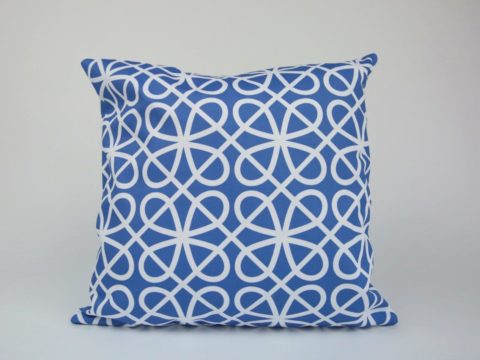Margaret Beaufort: Life Story
Chapter 2 : Wardship & Wedding
The widowed Duchess of Somerset married for a third time, to Lionel, Lord Welles, and presented Margaret with three new half-siblings. During Margaret’s childhood she lived with her mother, her St John half-siblings and her mother’s new family, at Bletsoe Castle and, more frequently, at Maxey Castle in Northamptonshire. Her father’s illegitimate daughter, Tacine, was also part of the household. It is evident from her later actions that Margaret was deeply attached to her St John and Welles relatives.
Little detail is known of Margaret’s early education – her later scholastic leanings may have been apparent from an early age, or may have been the fruits of age and experience. We can assume she would have learnt to read in French and English, and probably to write in both languages. She would also have learnt the skills of managing a household, and, as she was an heiress, perhaps some basic land law. She certainly took a strong and direct interest in managing her estates in later life, as her mother had.
Before Duke John had left for France it had been agreed that, in the event of his death, the wardship of his daughter Margaret and his unborn child (the Duchess was pregnant at the time, but either miscarried or lost the child soon after birth) would remain in the hands of the Duchess. However, within a year of Margaret’s birth, Henry VI granted the wardship and marriage of Margaret to his closest adviser William de la Pole, Earl of Suffolk. Unusually, Margaret remained in the care of her mother, rather than being brought up in the household of her guardian.
The Earl of Suffolk was thoroughly unpopular, largely because he had negotiated the marriage of Henry VI to Marguerite of Anjou, in 1445, resulting in a peace treaty with France. In the long-run, this was probably the only sensible option, England could not support the financial burden of repeated attempts to win the French Crown, however, at the time the truce was considered weak at best and the action of a traitor at worst.
In early 1450, Suffolk was impeached. As part of the charge against him, it was alleged that he had designs on the throne - apparently planning to marry his son, John de la Pole, to Margaret in order to claim the throne in her right. However it seems unlikely that he had any such plan as he had actually already planned to marry his son John to a far greater heiress than Margaret - her distant cousin Anne Beauchamp, daughter and heiress of Henry Beauchamp, Duke of Warwick.
In the event, Anne Beauchamp died young and seven-year-old John was indeed married to six-year-old Margaret in 1449. These facts were used against Suffolk and he was disgraced and sentenced to banishment. Before he could reach France, his ship was captured in the English Channel, and he was unceremoniously executed, by supporters of his rival, Richard, Duke of York.
Margaret’s marriage to John de la Pole was not to last. With Suffolk dead, Henry VI decided to transfer her wardship and marriage to his half-brothers, Edmund and Jasper Tudor. The Tudor brothers were the sons of Queen Catherine de Valois’ second marriage to Owain Tudor, a gentleman of her household, and a descendant of the Welsh princes. This marriage was considered most unsuitable, and Queen Catherine was obliged to spend her subsequent life in retirement. By the early 1450s, however, Henry VI was showing a distinct interest in his mother’s second family – perhaps worn out by the endless rivalry of his paternal relatives.
Although it was common practice for children to be pre-contracted to marry in their childhood, it was stipulated that the child had to confirm the marriage when they reach the age of discretion which, for girls, was considered to be 12 and, for boys 14. The marriage could be repudiated at any time before it was completed. However, any decision not to ratify the marriage had to be evidenced by a public statement in front of witnesses, including a Bishop.
Margaret and her mother were summoned to court, with orders to attend the King on Shrove Tuesday, 14th February, 1453. In later years, Margaret retained a hazy memory of the occasion, but she interpreted it as a vision. She believed that she had been given a genuine choice as to whether to confirm her marriage to John de la Pole, or whether to agree to marry Edmund Tudor. Her nurse advised her to pray to St Nicholas for advice, and he appeared to her in the dress of a Bishop, and told her to choose Edmund. It is highly unlikely that she would have been given any choice in the matter at all and her memory of a vision is almost certainly a hazy recollection of the Bishop who witnessed her denial of the marriage.
Margaret and her mother were still at court in April, and took part in the Garter ceremonies on 23 rd April. On 12th May 1453, King Henry paid hundred marks for clothes for her. As neither of the Tudor brothers had any female relatives to provide a home for Margaret, she almost certainly remained with her mother, until she was married to Edmund Tudor, now Earl of Richmond, on 1 st November, 1455 at Bletsoe Castle.
Lady Margaret Beaufort
Family Tree










